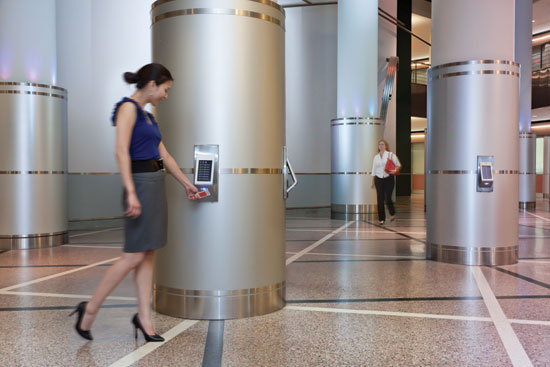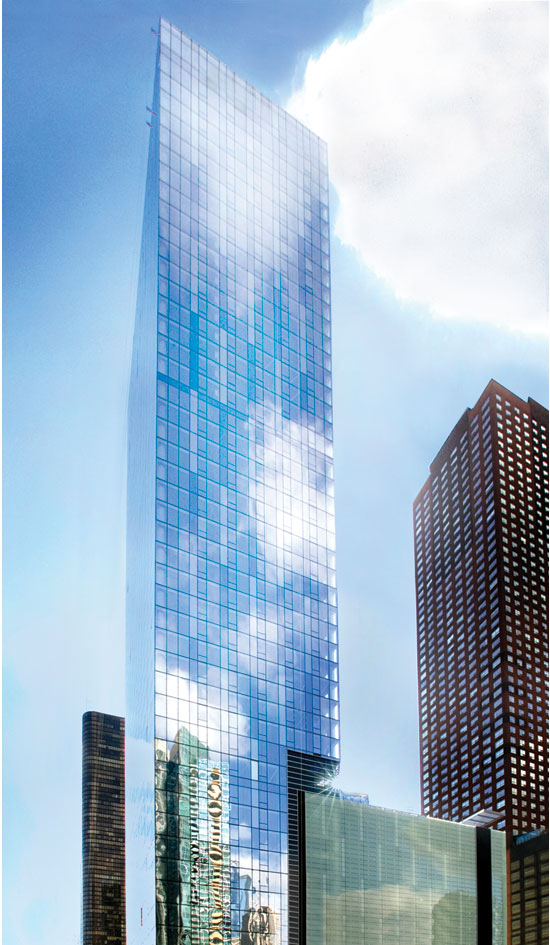Cutting-Edge Elevator Technology
These and other emerging personalization features, we will discuss in detail, are among the most intriguing and beneficial advances for elevator end-users and owners who invest in destination-based elevator controls. Overall, the ROI is being studied by interested owner groups. One market report by CoStar, a commercial real estate information clearinghouse, found that buildings with destination-based elevator controls earn an average of $3.50 more per square foot than comparable properties without the advanced controls. Far from being relegated to only high-rise office, today destination-dispatch systems are making inroads into:
- Class A office
- Hotels
- Healthcare
- High-rise residential
- Government
- Academic
Midrise structures benefit from the technology also, as do unexpected typologies such as senior living facilities. As the technology becomes more widely available, more building owners and facility managers will be learning about destination controls to stay competitive.
 |
The addition of access-card readers to the user control panel allows customized service. Photo courtesy of Schindler Elevator Corporation |
That means that project teams need to learn how to design for it. This will require familiarity with the system's effect on building traffic patterns and floor layouts and areas of use, as well as the particulars of the elevator and controls technologies.
| New Construction, Residential | ||
For the 45-story, 500-unit luxury rental tower at 516 North Lake Shore Drive in Chicago, real estate development company Related Midwest opted for a fully integrated destination-dispatch system to upgrade the elevator systems. The developer wanted more than a hall-call system; in order to attract top-dollar tenants, it sought a system that would provide high-level command and communication features. Designed by Solomon Cordwell Buenz, the building is on track to achieve LEED Silver certification. Adding to the energy-efficient building elements is a combination of permanent magnet elevator motors combined with destination-based controls. The system also gives building management tools to develop applications for meeting target efficiency goals, updating security protocols, and adapting to tenants’ specialized needs. This destination dispatch system, equipped with the full range of personalization features, not only optimizes operational performance and energy efficiency but adds a high level of customization. Related’s president Curt Bailey says, “The convenience and luxury this new system will offer our residents are fundamental to the high standard of living we provide.” |










